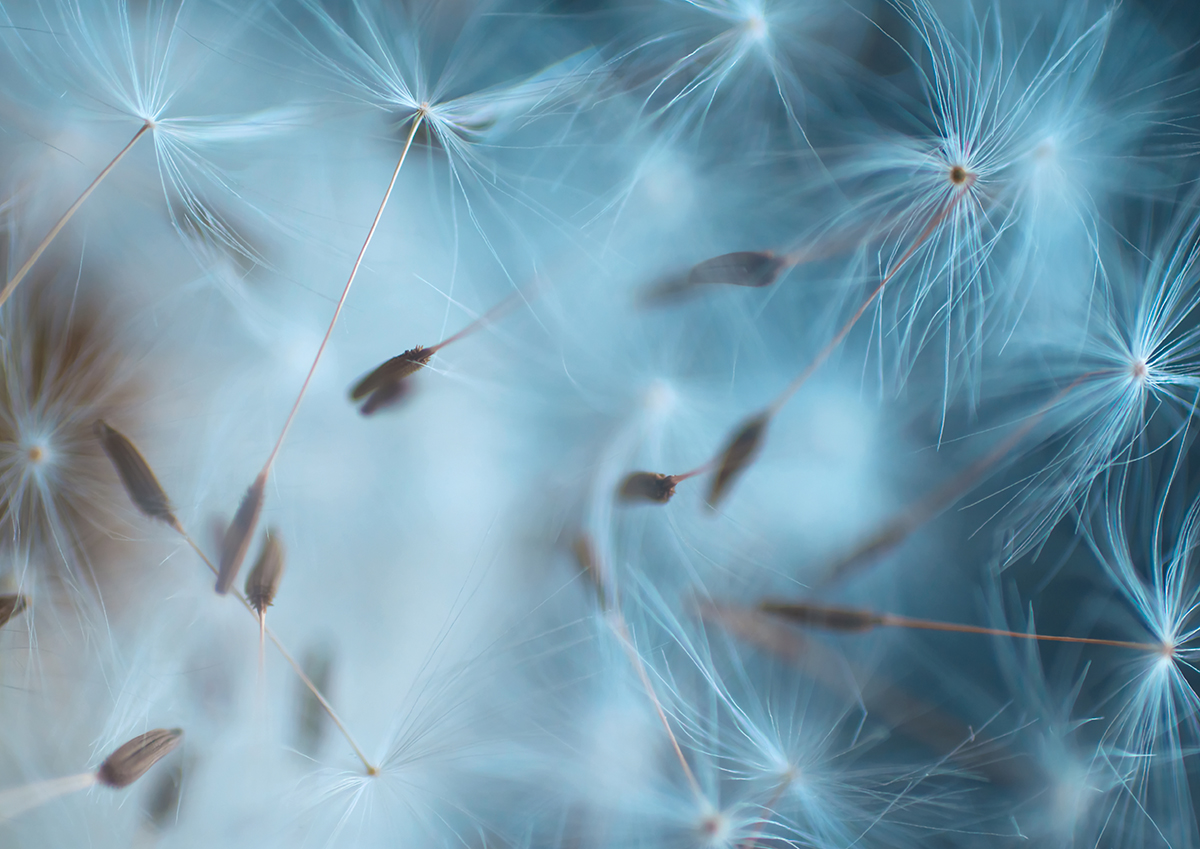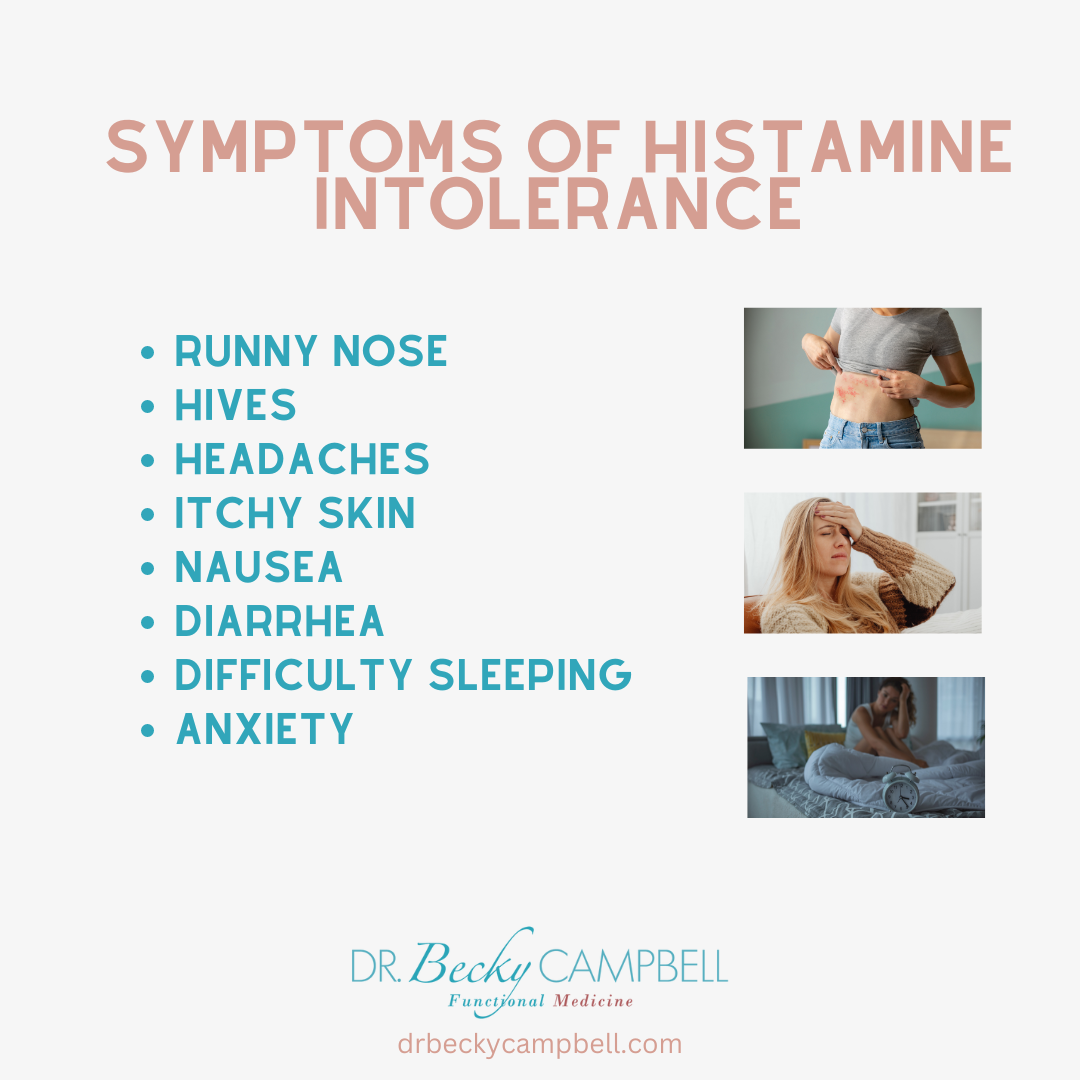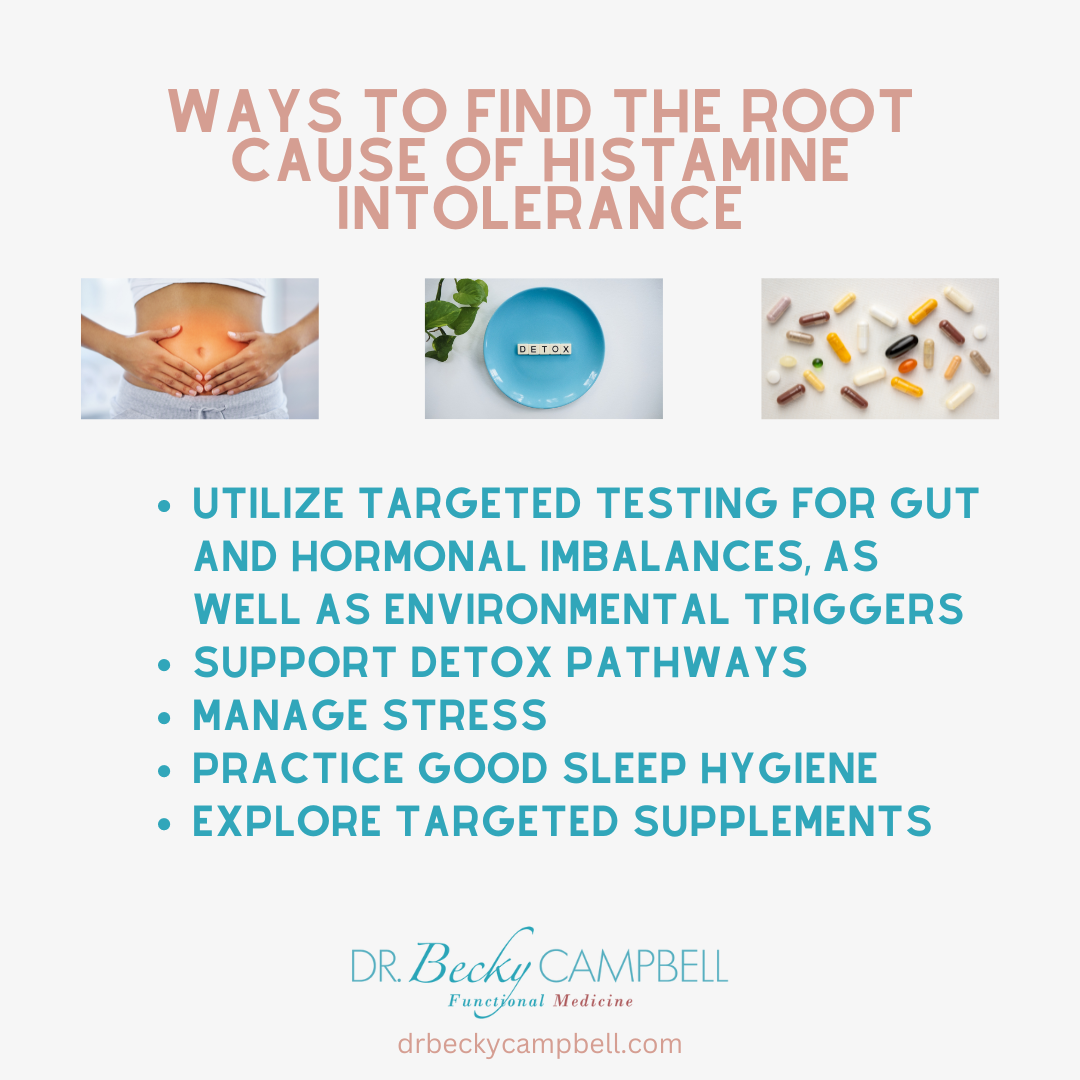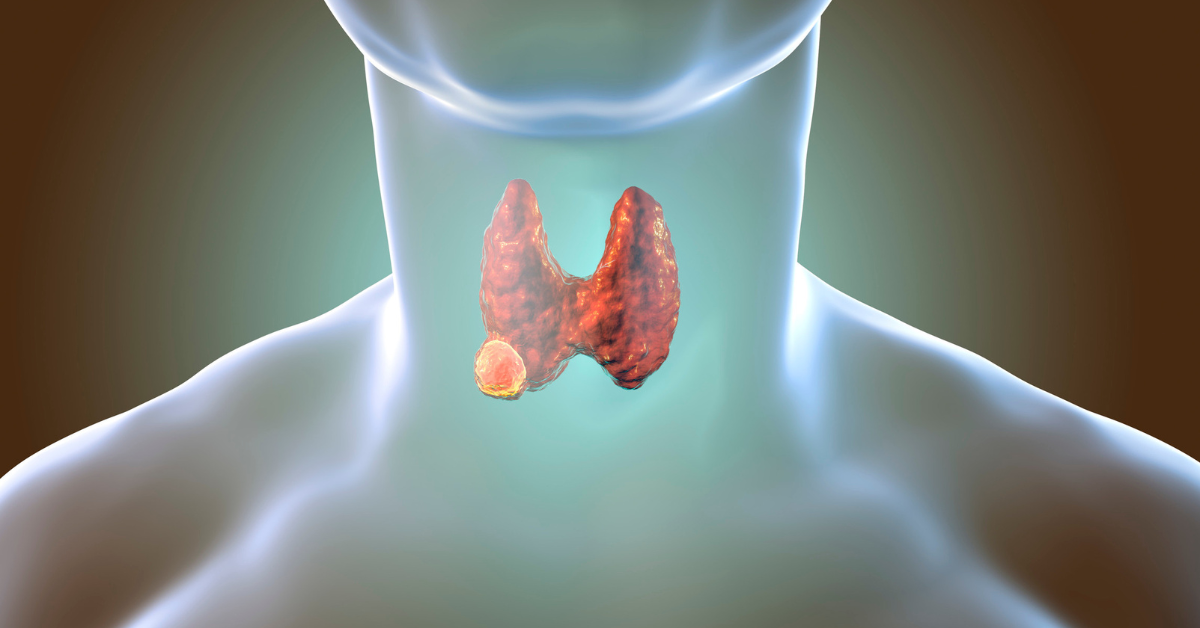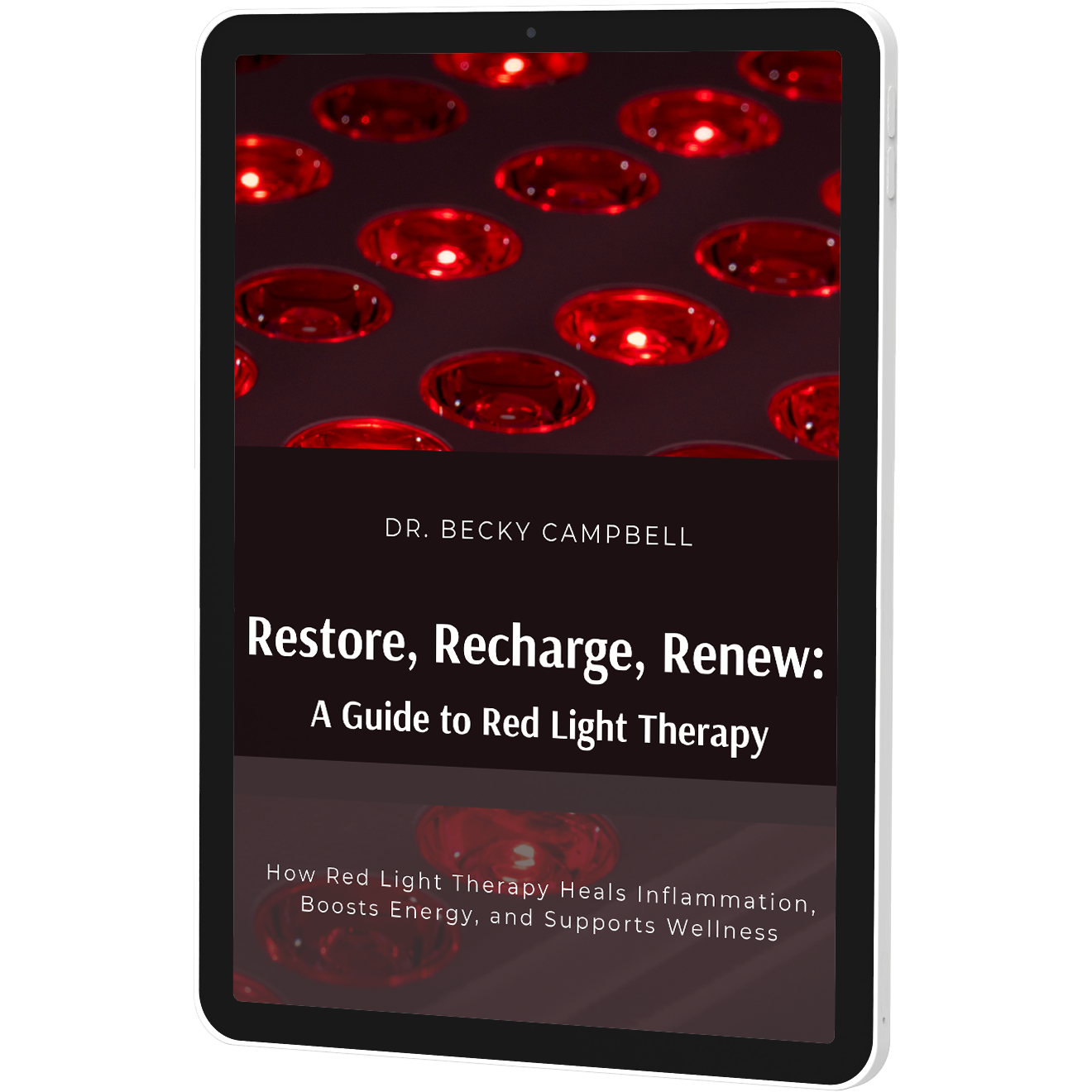Histamine and the Progesterone Connection
Ever feel like your histamine intolerance symptoms go into overdrive right before your period?
If so, you’re not alone!
I’ve seen so many women with histamine intolerance experience a frustrating increase in symptoms during the luteal phase (second half) of their menstrual cycle. And this often leaves them wondering what’s causing these spikes and how to manage them effectively.
The answer might lie in a surprising connection between two key players in the body: histamine and progesterone.
Histamine, while crucial for a healthy immune response, can wreak havoc when its levels get out of whack, leading to a cascade of unpleasant symptoms like headaches, hives, and fatigue.
Progesterone, on the other hand, acts as a calming counterpart, potentially helping to regulate histamine release.
By understanding how these two hormones interact, we can uncover valuable insights into managing your histamine intolerance and navigating those challenging pre-menstrual days with more confidence and ease!
Understanding Histamine and Progesterone
To understand why you’re feeling overwhelmed by histamine intolerance symptoms, especially around your period, let’s take a step back and look at the two key players: histamine and progesterone.
Histamine
Histamine is a molecule with many roles in the body. It plays a crucial part in the immune response, helping fight off allergens and infections.
It also aids digestion and regulates sleep-wake cycles (just to name a few).
However, when histamine levels become elevated, or the body struggles to break them down, it can trigger unpleasant symptoms.
This is known as histamine intolerance.
Histamine intolerance symptoms can include:
- Runny nose
- Hives
- Headaches
- Itchy skin
- Nausea
- Diarrhea
- Difficulty sleeping
- Anxiety
These symptoms can significantly impact your daily life, leaving you feeling frustrated and depleted.
Progesterone
Progesterone is another crucial player in your hormonal balance. This hormone plays a vital role in the menstrual cycle, preparing the lining of the uterus for implantation and supporting a healthy pregnancy.
Beyond reproduction, progesterone also boasts anti-inflammatory and calming effects. (1) Think of it as a natural stress reliever in your body.
Progesterone helps regulate the nervous system and promotes calmness and well-being.
Histamine and the Progesterone Connection
Now that we’ve reviewed the key roles of histamine and progesterone in the body, let’s take a deeper look at their connection.
Here, we’ll explore how progesterone can act as a natural antihistamine, potentially helping to regulate histamine release and alleviate some of those frustrating symptoms.
We’ll also break down why symptoms might worsen during the luteal phase of your cycle, uncovering potential hormonal interactions and their impact on histamine intolerance.
How Progesterone Might Help with Histamine Intolerance
Here’s where the science gets interesting!
Histamine, as we know, resides within specialized immune cells called mast cells.
When triggered by allergens or other stimuli, these mast cells undergo degranulation, essentially releasing histamine into the bloodstream and triggering allergy-like symptoms.
Now, research suggests progesterone might act as a natural antihistamine by directly influencing mast cell function.
Studies indicate the presence of progesterone receptors on the mast cell surface. These receptors act like docking stations for progesterone molecules. (2)
When progesterone binds to these receptors, it influences a cellular signaling cascade within the mast cells. This cascade could inhibit the release of histamine, leading to lower overall levels in the body and a reduction in histamine intolerance symptoms.
The proposed mechanism of action likely involves several pathways.
Progesterone could directly suppress the degranulation process, preventing the release of pre-stored histamine. Additionally, it might influence histamine synthesis within the mast cell itself, regulating its production at the source.
In addition, progesterone’s anti-inflammatory properties might play a supportive role. Calming the inflammatory response could create a less conducive environment for mast cell activation and histamine release.
It’s important that I acknowledge that research on the exact mechanisms is ongoing, and further studies are needed to fully understand the intricate interplay between histamine and progesterone.
However, progesterone’s potential as a natural antihistamine opens exciting avenues for exploring its role in managing histamine intolerance.
Understanding the hormonal fluctuations throughout your menstrual cycle is crucial when expoloring the potential worsening of histamine intolerance symptoms premenstrually.
So, even though progesterone might act as a natural antihistamine by influencing mast cells, its levels fluctuate through your cycle.
During the first half (follicular phase), estrogen levels are dominant. As you approach ovulation and enter the luteal phase, progesterone rises significantly, peaking just before menstruation.
This rise in progesterone could be beneficial for reducing histamine release, as we discussed earlier.
However, there’s a potential catch.
Research suggests progesterone has a complex relationship with an enzyme called diamine oxidase (DAO).
While some studies haven’t shown a direct effect, others suggest progesterone actually upregulates DAO.(3)
This increase in DAO could help reduce histamine buildup and alleviate symptoms.
Estrogen Dominance and Sensitivity
I can’t talk about progesterone without also addressing estrogen – they work in a delicate balance.
When estrogen levels are high relative to progesterone (estrogen dominance), your body becomes more sensitive to histamine.
Although progesterone might act as a natural antihistamine, it might not be enough to counteract the heightened histamine sensitivity caused by dominant estrogen during the luteal phase.
This could also explain why some women experience a worsening of symptoms despite the rise in progesterone progesterone.
Taking Charge of Your Histamine Intolerance
When I unraveled the connection between histamine intolerance and progesterone, it felt like a personal breakthrough!
Here’s the thing: for a long time, I felt like I was flying blind. I knew I had histamine intolerance, but understanding the hormonal rollercoaster was a missing piece.
That’s when one of the most powerful tools I use with my patients—the DUTCH test—came into play. I now use it all the time in my practice.
Unlike a standard blood test, the DUTCH test provides a much more comprehensive picture of your hormonal activity throughout your menstrual cycle.
It goes beyond just progesterone levels; it also measures things like estrogen metabolites and cortisol.
This detailed information helps me to understand the bigger picture of how your hormones interact and influence your histamine intolerance.
With insights from the DUTCH test, we can build a personalized plan to address your histamine intolerance and any potential hormonal imbalances we uncover.
Finding the Root Cause of Your Histamine Intolerance
Histamine intolerance can have many contributing factors, and a one-size-fits-all approach just won’t work. To find lasting relief, we need to address the root cause of your individual situation.
Here’s how we can work together to achieve that:
- Digging Deeper with Targeted Testing: Beyond dietary modifications, we can explore testing options to identify potential underlying triggers like:
- Gut Imbalances: A comprehensive stool analysis can reveal imbalances in gut bacteria or parasites, SIBO (small intestinal bacterial overgrowth), or other gut issues that might contribute to histamine intolerance.
- Hormonal Imbalances: A DUTCH test provides a detailed picture of your hormonal profile throughout your menstrual cycle, uncovering potential imbalances in progesterone, estrogen, or other hormones that could influence your histamine levels.
- Environmental Triggers: If you suspect mold or other environmental factors might be playing a role, we can explore specialized testing to assess your exposure.
- Supporting Your Detox Pathways: Your body has natural detoxification pathways that help eliminate histamine and other toxins. By optimizing these pathways, you can create a more favorable environment for managing histamine levels. We can explore strategies like:
- Liver Support: Consider herbs like milk thistle or dandelion root, which are found in my Liver Love supplement, to support healthy liver function, a crucial player in detoxification.
- Lymphatic Drainage Techniques: Techniques like rebounding or dry brushing can stimulate lymphatic flow, promoting the removal of waste products and potentially reducing histamine buildup.
- Stress Management Strategies: Stress can be a major trigger for histamine release. We’ll identify stress-busting practices like yoga or meditation that you can incorporate into your routine to help regulate your nervous system and reduce those pre-period flares.
- Sleep Hygiene: Aiming for 7-8 hours of quality sleep each night is a priority! For some, this is easy, and for others, it is very difficult. Sleep deprivation can disrupt hormone balance and worsen histamine intolerance symptoms. We walk our patients through personalized strategies to get better sleep.
- Exploring Targeted Supplements: Dietary modifications and lifestyle practices are essential, but I also like to explore targeted supplements with my patients to support specific protocols we will work on.
By taking these steps and focusing on the connection between progesterone and histamine, you can better understand your body and how to manage histamine intolerance more effectively.
While my path might not be the exact path for everyone, this is a great starting point for exploring the impact of your hormones on your histamine intolerance.
Ready to Reclaim Control?
You don’t need to be stuck with frustrating premenstrual histamine flare-ups!
When you understand the connection between progesterone and histamine, you can take proactive steps to manage your symptoms and navigate your cycle with more ease.
Here’s where your journey to greater balance truly begins!
Schedule a consultation with me today.
Together, we can dive deep into your specific needs, explore the power of the DUTCH test, and create a personalized plan to manage your histamine intolerance.
Don’t wait any long to reclaim control of your well-being.
Take charge and schedule your consultation today – let’s embark on this journey of self-discovery together!
Resources
- “Progesterone as an Anti-Inflammatory Drug and Immunomodulator: New Aspects in Hormonal Regulation of the Inflammation.” NCBI, 14 September 2022, https://www.ncbi.nlm.nih.gov/pmc/articles/PMC9496164/. Accessed 9 April 2024.
- “Progesterone inhibits mast cell secretion.” PubMed, https://pubmed.ncbi.nlm.nih.gov/17166400/. Accessed 9 April 2024.
- Usami, Makoto. “Effect of the menstrual cycle on serum diamine oxidase levels in healthy women.” PubMed, https://pubmed.ncbi.nlm.nih.gov/23099198/. Accessed 9 April 2024.

